What You Didn’t Know About Teenage Pregnancy
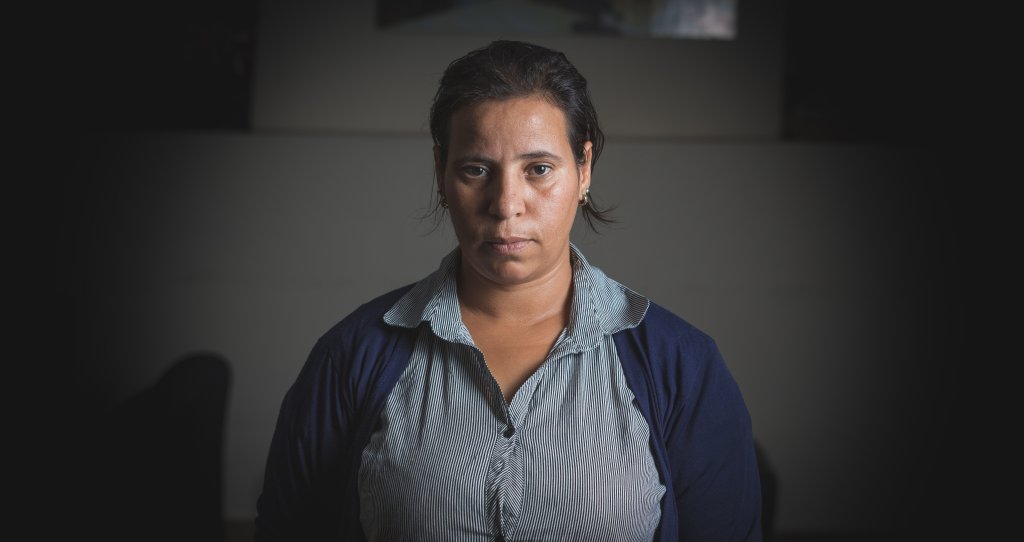
*Please be advised that this article contains information on sexual and physical abuse toward children.
Every day, at least 20,000 girls give birth and every year, 12 million girls around the world become mothers. Most of these girls live in lower and middle-income countries. These girls are not irresponsible and becoming pregnant is not their fault. Rather, young motherhood is often the result of a community that has not invested enough to support, educate, and understand their girls.
Teenage pregnancy is not just an issue for the poorest or least educated teens. Around the world, complications related to teenage pregnancy are the single greatest cause of death for girls aged 15-19.
But, when girls can receive an education, make informed decisions about their bodies and futures, and grow into healthy adults, communities are stronger and the world is a better place.
Keep reading to learn more about teenage pregnancy.
Teen moms face incredible hardships, despite rosy images in media.
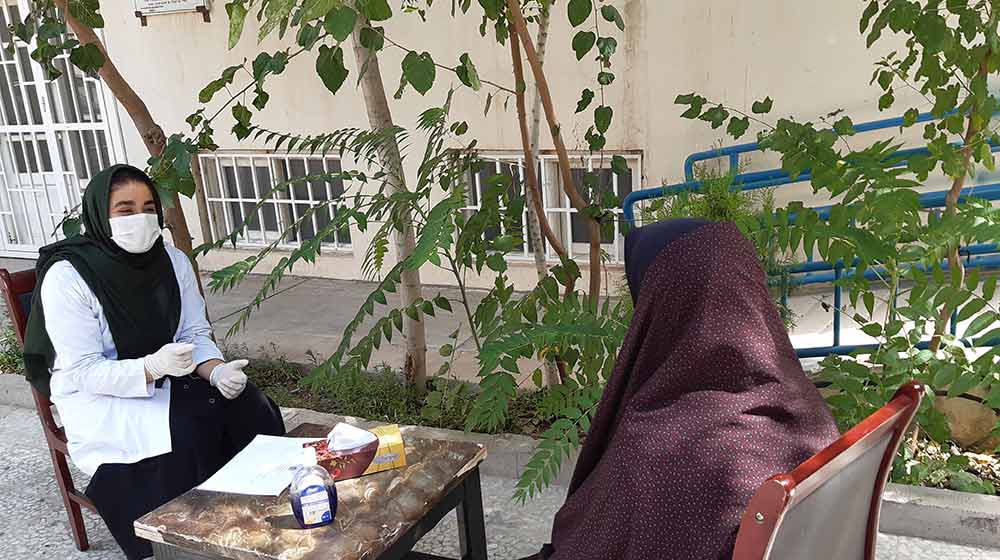
In the United States, teenage pregnancy is glamorized by TV shows like Teen Mom and 16 and Pregnant, the movie Juno, and the lives of young mothers like Kylie Jenner and Jamie Lynn Spears. However, in reality, early pregnancy and motherhood look very different in the U.S. and around the world.
In Afghanistan, Mahgul explains her confusion when she became engaged at 7 years-old, “My mother helped me into my new pink dress. She accompanied me to a room where four or five women had gathered. Some of them called me ‘little bride.’” Despite Maghul’s extremely young age, her engagement was not uncommon where she lives.
Later, when she was 14, Maghul was married. She recounts her wedding night as, “Very difficult and painful. After one month, I became pregnant. It was the most difficult time for me, getting pregnant so young. I also began being physically and emotionally abused by my spouse and his family.”
Tragically, Maghul’s experience is common. 90% of young mothers are also child brides. In these cases, girls may face intense cultural pressure to have children and may not have the resources or information to protect themselves from pregnancy. Child mothers are also more likely to experience violence at the hands of their partner than older mothers.
In Maghul’s case, the neglect and abuse she experienced led to her inability to care for her child. Her first baby starved to death at 18 months. She would go on to have six more children. Today, Maghul is receiving psychosocial treatment at a UNFPA clinic.
Many girls don’t want to become mothers, but they have no choice.
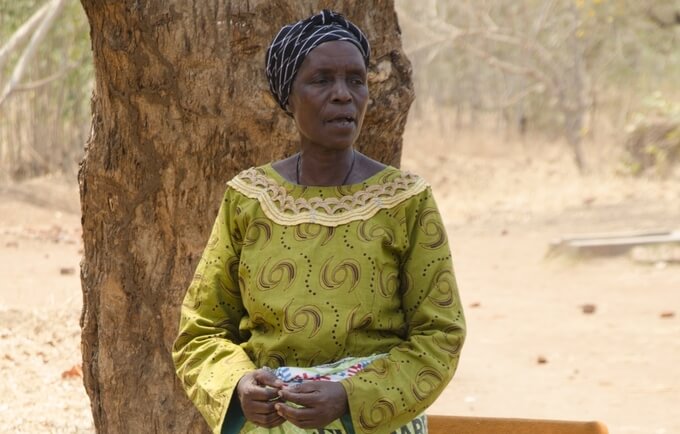
1 in 5 women report having been sexually abused as a child. In some low and middle-income countries, 1 in 3 girls report their first sexual experience as being unwanted or coerced.
In Malawi, for example, Chief Mwanza banned sexual initiation practices in her tribes. She describes the practices where a tribal dancer, “could come to pick a girl to have sex [with], and he would do that with all the initiates, while wearing his mask to hide his identity.” In places where fertility is desirable, girls can be subject to unwanted sexual interactions that can lead to unintended pregnancy. UNFPA is working with community leaders like Chief Mwanza to end these practices.
Elsewhere, when girls survive sexual assault or rape, they may be forced to marry their attacker. In Uganda, Irene was only 16 when a man raped her. She says, “In my culture, when a man rapes you, they must take you as their wife. Otherwise, your family risks being cursed or struck by a bad omen.”
Girls like Irene are made to feel shame for a situation they had no choice in. They are left without the support of the people they most trust – their parents, their school officials, and their community leaders. For Irene, the ridicule became so bad that she stopped going to school. Thankfully, she received support from a UNFPA program that aims to prevent teen pregnancy, end child marriage, and get girls back to school.
Economic factors
Finally, some parents marry off their daughters for financial reasons. Parents may feel that marrying off their daughters will allow them to care for their other children and will put their daughter in the care of someone who can provide for her. In the most severe cases, parents engage in “serial marriages.”
In Syria, for example, many families have experienced conflict and migration. The situation has gotten so bad that some girls are, “either forced to enter into a series of short-term marriages, or worse, become unwilling participants in family-endorsed survival sex,” according to staff at a UNFPA center for women and girls.
Motherhood is incredibly dangerous for girls and their babies.
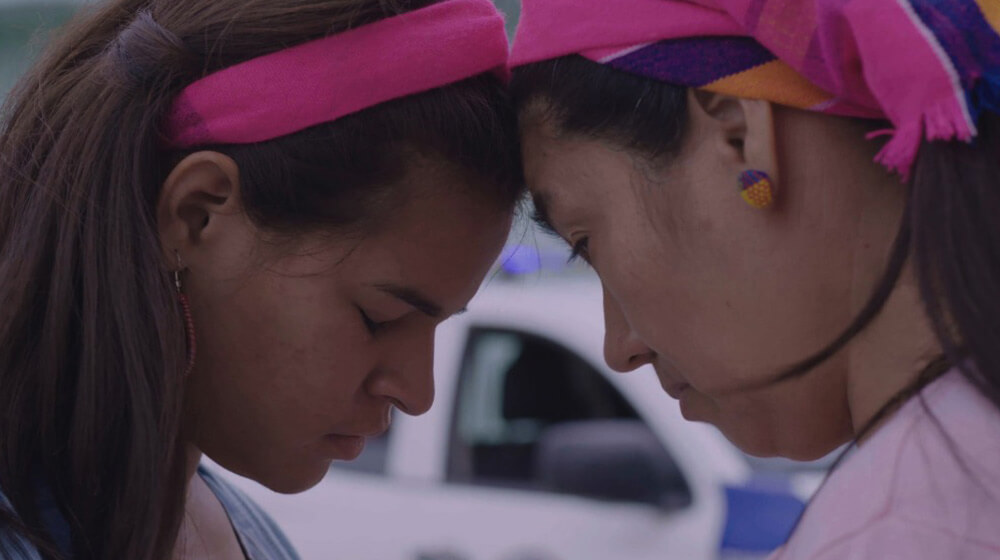
Complications from pregnancy and childbirth are the leading cause of death for teenage girls globally. Most teenage girls are not physically or emotionally ready to bear children. This is especially true if the girl has only recently gone through puberty.
Pregnant teens are more likely to experience high blood pressure, postpartum endometriosis, infections, and postpartum depression than older pregnant women. Girls also account for 25% of obstetric fistula cases, a debilitating condition where a tear in the birth canal leads a woman to leak feces or urine. 90% of women who experience fistula also have a stillbirth.
The babies of girls also have worse health outcomes. They face higher risks for low birth weight, preterm delivery, severe newborn conditions, and newborn death. The children of teen mothers also tend to have lower academic achievement and are more likely to begin childbearing early, as well. In situations where teen mothers have decreased opportunities for education and economic independence, their children may have the same experience.
From the best data available, about 1 in 5 teen mothers will have a second child while still a child. This is a rapid repeat pregnancy and the health outcomes for these mothers and babies are even more dire.
Other risks
Further, nearly 4 million girls each year opt for unsafe abortion. The WHO finds that about half of all abortions are unsafe and the practice accounts for at least 8% of maternal deaths. The best way to prevent unintended pregnancy and unsafe abortion is to educate teens on their bodies and rights and provide teens with family planning resources.
UNFPA is working on multiple interventions to prevent unintended pregnancy in teens by providing sexuality education and resources. In Honduras, UNFPA worked with the Ministry of Health to create a TV series called Es Cosa D-2, in which a 14-year-old girl fears being sexually assaulted by her uncle and another teenager dies in childbirth. The goal of the series is to show girls watching the series what abuse and assault can look like and how they can get help. The show has sparked conversations between girls and their parents about how girls can take control of their sexual and reproductive health and prevent pregnancy.
Girls face significant barriers to education and economic independence when they become young mothers.
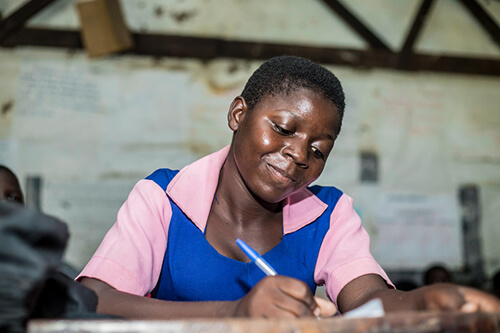
Isaac, a school principal in Malawi, noticed that many girls in his school dropped out due to child marriage and early pregnancy. But, community members didn’t seem to care. As he said, “I knew for this to change, it had to start with the community itself accepting that a girl child’s education was as important as that of boys.”
UNFPA finds that many girls have their education cut short because of teen pregnancy. They are forced to stay home to take care of their baby and household instead of attending school.
Ultimately, this leaves teen mothers having decreased education and employment opportunities. This can trap girls in a cycle of poverty and abusive relationships. Teen moms might not be financially secure enough to meet their basic needs and those of their child’s without a partner’s income. This puts teen mothers in an impossible position- is it better to endure abuse and provide for their child or be safe and risk their welfare?
Fortunately, women and girls can overcome such barriers when they are reached with training and support. In the Sahel region, UNFPA provided Adouia with electrician training. Adouia had two children as a teenager. Now, she is a mother to eight kids. The training provided Adouia with an educational opportunity, a way to connect with her community, a sense of pride for providing for her family, and a chance to learn more about her rights.
When we ask girls, they don’t want to become mothers.
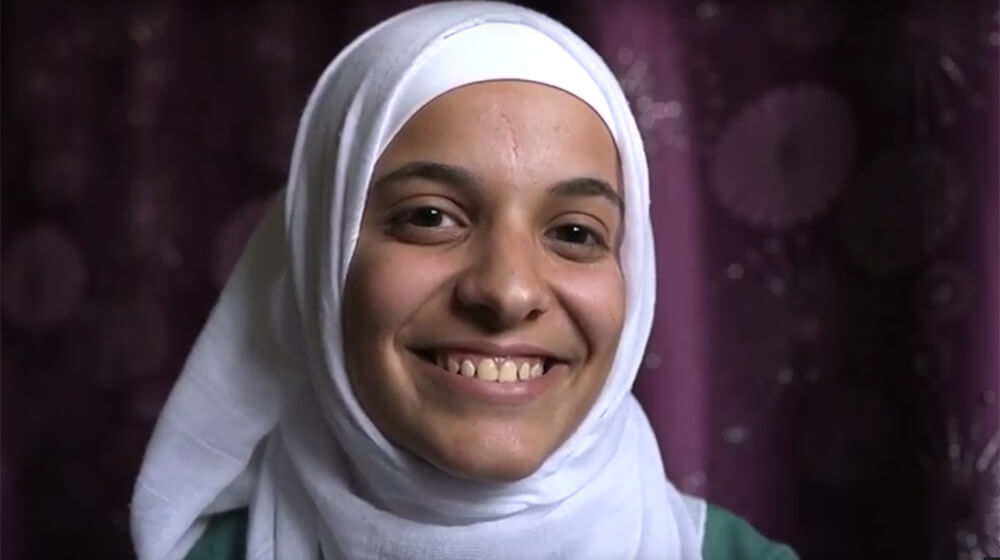
Girls’ voices go unheard, by their parents, their schools, their governments, and their partners.
Many girls would rather be with their peers learning in school, rather than at home with a baby. Girls have dreams of becoming teachers, doctors, engineers, and leaders. Girls wish to be healthy. They want to make decisions for their future, including who they want to marry and when they will have children.
However, when girls face the dangers of child marriage and early pregnancy, these dreams vanish.
UNFPA prevents teen pregnancy by working with peer advocates like Shaina in the Philippines, Takhona in Eswatini, and Yanal in Syria to ensure that girls have the support they need to reach their full potentials. Part of this work is giving girls sexuality education, but girls also need the support and understanding of their parents and communities, including men and boys.
No girl should lose her education, her dreams, or her life because of pregnancy. And when a girl grows into a woman does decide to become pregnant, she should have the care she and her baby she need to be safe and healthy.
-Dana Kirkegaard